Image Credit: Steve 2.0, from flickr.com, used under a Creative Commons license
We’re making progress! With the all the emphasis on energy codes and energy efficiency programs like Energy Star New Homes, more homes are getting Manual J heating and cooling load calculations these days. The intent is for the heating and cooling systems to be sized properly because oversized systems have problems (poor dehumidification, short cycling…). But just because an HVAC contractor does a Manual J, that’s not a guarantee that the system is sized properly.
Martin Holladay has been running a great series recently on heating and cooling load calculations, and he has dived into a lot of the details of this first step to picking properly sized HVAC equipment. He mentioned in his article on cooling load calculations that you have to use the correct design conditions, but what exactly does that mean? If you understand Manual J, you probably know what they are, but I wanted to go into a little more depth on the topic.
It’s getting hot
One of the ways that many HVAC systems get oversized is by someone using the wrong design temperatures in the load calculation. Here’s the skinny:
- Homes lose heat to the outside in winter and gain heat from outside in summer.
- The rate of heat loss or gain depends on the temperature difference between inside and out.
- ASHRAE (a bunch of engineers who know a thing or two about HVAC) has a table of outdoor design temperatures for winter and summer.
- ACCA (the trade association for air conditioning contractors) bases its Manual J load calculation procedure on the ASHRAE design temperatures.
- Contractors running load calculations regulary override the recommended design temperatures.
The temperatures inside and outside your home are constantly changing. Sometimes the amount of heat your home loses or gains is low, and sometimes it’s high. Even over the course of a day, the loads change. For example, we might hit a low of 70°F at night in the summer and a high of 96°F, and all through the day, the loads keep changing.
If we’re trying to keep the indoor air at 75°F, the temperature difference is close to zero in the morning and rises to about 20°F in the afternoon. As the temperature difference (ΔT) changes, the cooling load changes. As it turns out, though, most air conditioners installed in homes cannot change the amount of cooling they provide when the temperature conditions change. Yes, some systems do have variable capacity, like minisplit heat pumps, but most are fixed capacity.
The 99% and the 1%
Enter ASHRAE’s design temperatures. It turns out that if you have HVAC equipment with fixed capacity, this temperature will provide optimal performance. But what exactly is the ASHRAE design temperature?
Winter: 99% design temperature. This is the outdoor temperature that your locations stays above for 99% of all the hours in the year, based on a 30-year average. Turning it around, the outdoor air where you live is going to be colder than this temperature for only 1% of the hours in a year. That happens to be about 88 hours per year. In Atlanta, the 99% winter design temperature is 23°F.
Summer: 1% design temperature. Your location will go above this temperature only 1% of the hours in a year, again, based on a 30-year average. Here in Atlanta, that number is 91°F, so we go above that temperature for only about 88 hours in a year.
Occasionally, you’ll run across something called the 97.5% and 2.5% design temperatures. It’s not what you may think. Those numbers were defined differently and are not used anymore. Because the definitions were different, the temperatures are pretty close to the 99% and 1% design temperatures.
The difference between the outdoor design temperatures and the indoor design temperatures (70° F and 75° F) is the ΔT that should go into the load calculation.
In defense of HVAC contractors
HVAC contractors don’t like to get called back because of comfort complaints, and oversizing solves some comfort complaints. Of course, HVAC contractors don’t have control over the building envelope and usually don’t know how much infiltration a house will have. Phil Mutz, one of the smart HVAC guys at Moncrief Heating & Air Conditioning in Atlanta, recently wrote about this issue on the Energy Vanguard Facebook page:
Homes are rarely built as designed, meaning blocking/insulation/sealing almost always fall short of design. When the home is hot [in] mid-July, months after a customer has moved in, the customer is calling and yelling at the HVAC guy … not the insulation guy.
With the testing and verification required in Georgia now, we should get a lot better at controlling some of these other issues for all homes. Programs like Energy Star have required inspections, testing, and equipment sized to Manual loads for years now, so we do know this can work when it’s done right. As the person doing the load calculations gets better data about the envelope, the results of the load calculations will match the loads in new homes better, and HVAC contractors will stop being afraid to put in systems that they think are too small.
Check the numbers
Still, anyone getting a new home or doing extensive remodeling should insist on accurate Manual J load calculations and equipment that matches the loads. If you’re a builder, homeowner, or HERS rater checking the Manual J reports, one of the first things you should look at are the outdoor design temperatures. The should match the 99% and 1% design temperatures from ASHRAE, which are also given in Table 1A in Manual J from ACCA.
If the 1% summer design temperature is 91°F, as in Atlanta, a Manual J report showing that the load calculation was done with 97°F will result in an oversized air conditioner. Actually, even if the load calculations use 91°F, the equipment will be oversized because there’s about 15% of oversizing built into the protocol. Get your equipment sized for design loads, not extreme loads. Maybe it’s getting hotter in recent years, but it’s still best to use design temperatures based on 30-year averages — not the temperature it got to last summer for 3 hours.
_________________________________________________________________________
Allison A. Bailes III, PhD is a speaker, writer, building science consultant, and the founder of Energy Vanguard in Decatur, Georgia. He has a doctorate in physics and writes the Energy Vanguard Blog. He also has a book on building science coming out in the summer of 2022. You can follow him on Twitter at @EnergyVanguard.
Weekly Newsletter
Get building science and energy efficiency advice, plus special offers, in your inbox.

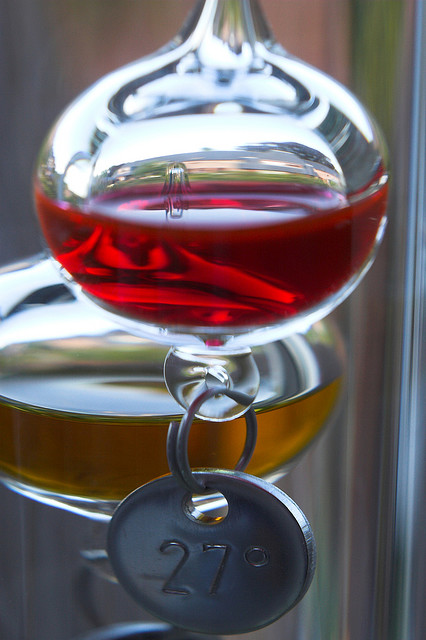




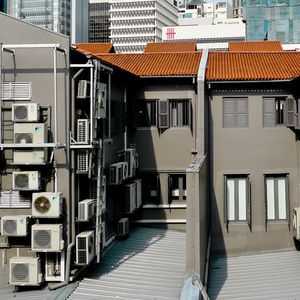
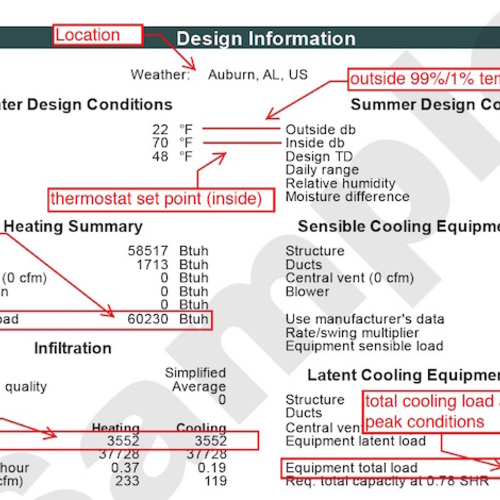
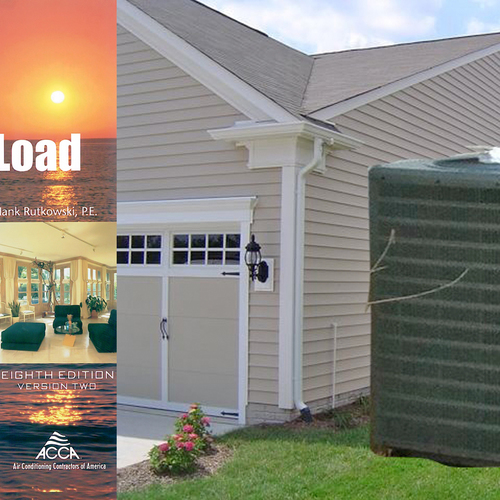
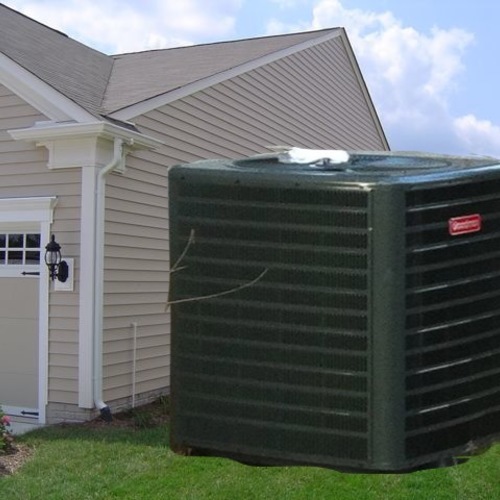






3 Comments
HVAC guy with a blower door, DuctBlaster, and flow hood
Jacksonville, FL has a design temperature of 32 / 94. I'll tweak those a bit to account for microclimate differences, generally to milder values if a home is along a waterway or in heavy woods.
On all but the most budget concious changeouts (such as rental properties), we do a blower door and duct blast. That firms up the numbers we put into the Man J.
My goal is to sell the smallest possible HVAC system, but not TOO small.
Load Calc
Try square feet per ton. Whats a ManualJ?
J is great but a little out of touch with reality
I totally agree with using manual J and it's great at calculating heat loss and gain. But when it comes to the 1% their numbers are not quite up to date for many locations. Here in this part of DFW the 1% temp is 99*. I have gone back 5 years (so far) on our local temps figuring out our 1% temp. So far we average 350 hours a year over 99*. Our 1% temp over that 5 years works out to 102*.
In the past I have been to calls in houses that had well designed systems that went by the book and some of those were energy star homes. The complaint was inadequate cooling in the summer. The problem is these systems ended up being undersized due to following the manual J design temp. So the houses could only maintain about 80* on an average hot day. On the days were we have had 110* and higher for days on end two years ago those houses were maintaining 85* with the AC running non stop from just before noon till about 9pm before it starts cycling again.
This leads to allot of unhappy customers. Now our summers go from nice weather right into hot so the perceived savings of a smaller system when cooling needs are low doesn't pass the sniff test. An to that area we also don't really cool down at night either so there is no appreciable savings at night either. Just yesterday it was still 100* at 7pm...
Manual J is good but the design temps need to be a little more in line with reality and using a 30 year average is a little too long of a period also considering these systems will not be in a house for 10-15 years and the last 10 years is a better indicator of the next 10 than the last 30 is.
This summer has been mild here and we are already at around 300 hours over 99*...
Log in or create an account to post a comment.
Sign up Log in